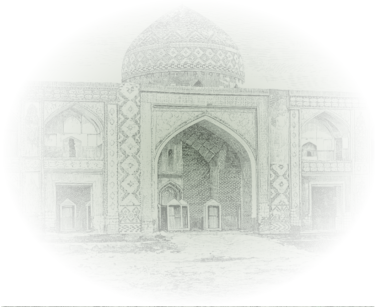Yukhari Garabaghlar was a village in the territory of the Iravan uezd of the former Iravan governorate, later in the former Vedi (Ararat) district, and present-day Ararat province. The village was located in the Jighindara region of Vedibasar, to the east of the village of Boyuk Vedi, on the right bank of the Vedi River and near the village of Dahnaz. The village was noted as “Yukhari Garabagh” in “The Iravan Province Comprehensive Data Book” dated 1590, as “Boyuk Garabahglar” in “The Iravan Province Review Book” dated 1728 and marked as “Yukhari Garabaghlar” on the five-verst map of the Caucasus.
The village was inhabited by 135 Azerbaijanis in 1873, 175 in 1886, 233 in 1897, 420 in 1904, 462 in 1914 and 243 Azerbaijanis in 1916. The Azerbaijanis were attacked, massacred or expelled from the village by Armenian armed units in 1919. After the establishment of Soviet power in present-day Armenia, the surviving inhabitants managed to return to the village. The village was inhabited by 78 Azerbaijanis in 1922, 80 in 1926 and 84 in 1931. In accordance with the decision of the USSR Council of Ministers “On the resettlement of collective farmers and other Azerbaijani population from the Armenian SSR to the Kur-Araz lowlands of the Azerbaijan SSR” dated 23 December 1947, the Azerbaijani population of the village was forcibly deported to Azerbaijan in 1950 and the village was abolished. At present, it lies in ruins.
The toponym was coined by combining the distinctive feature “yukhari” and the ethnonym “Garabaghlar” of the Kangarli tribe.
